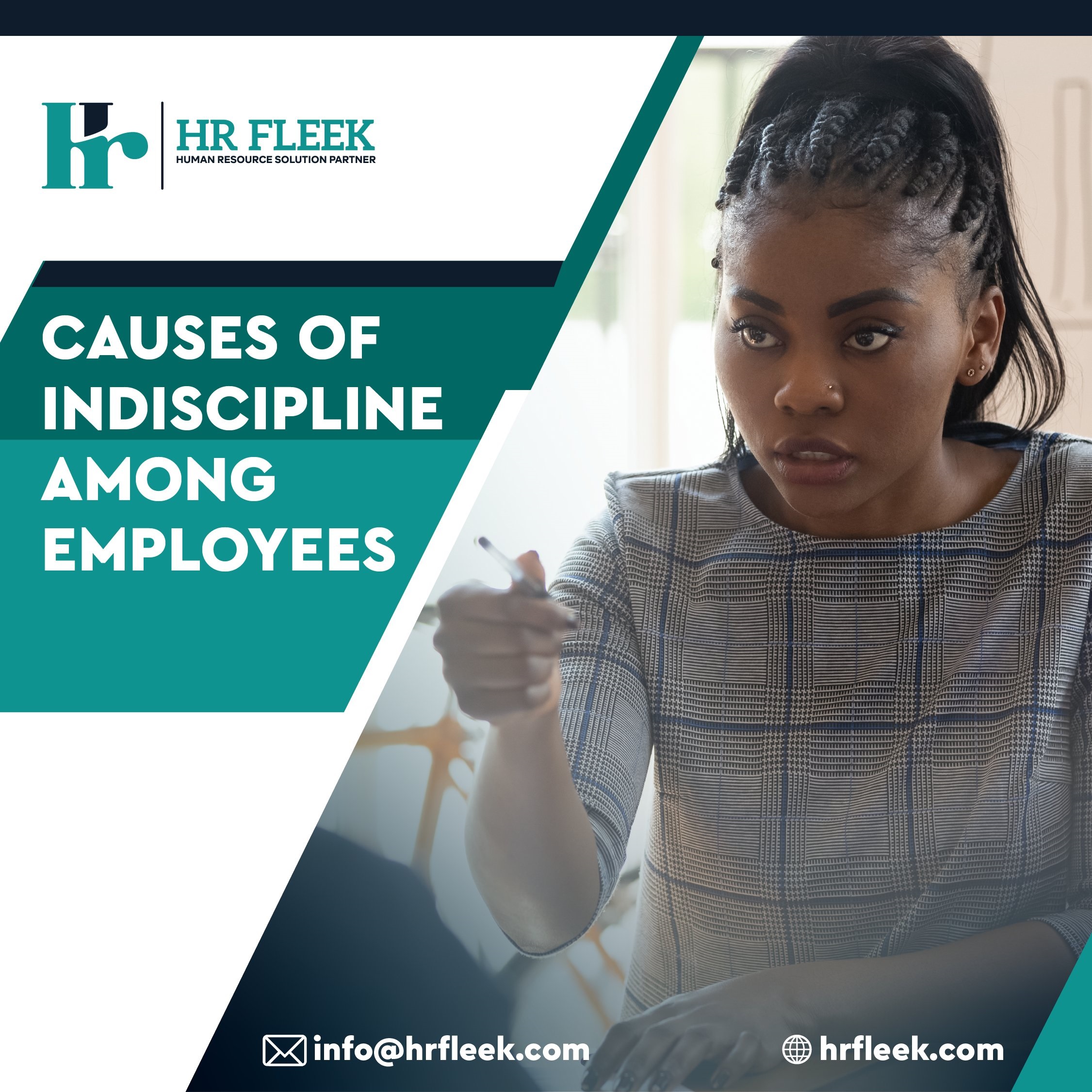Onboarding also known as Organizational Socialization refers to the process of introducing newly hired employees into an organization. This helps employees understand their new position and job requirements. It’s the process that helps them integrate seamlessly with the rest of the company. It may last anywhere from a few weeks to a year, but the most effective onboarding usually lasts at least three months. Ideally, employees feel confident and competent when the onboarding process is complete.
Onboarding activities include;
- Job offers
- Salary negotiation
- New hire paperwork
- Policy and culture training
- Job training
- Employee handbook training
- Benefits paperwork
- Benefits education
- Facility tours
- Executive introductions
- Team introductions
- Relational onboarding including setting expectations, building relationships with other employees, creating confidence and trust and creating a clear definition of roles and boundaries
The secrets of an effective onboarding process
- Preboarding
Preboarding refers to the period between the moment an employee accepts a job offer and their first day at work. In reality, preboarding is a few thoughtful gestures that will help the new employee feel noticed and welcome. A recommended preboarding practice includes sending a welcome email and an overview of the onboarding program. HR software can be used to get some initial paperwork out of the way and send a few getting-to-know-you questions to break the ice.
- Onboarding Kit
An onboarding kit is a curated package of gifts and office supplies that help introduce new hires to your company’s culture and brand. Usually, it includes contact information, an office map, basic company policies, the company structure and perks. Information regarding the surrounding area for employees who have relocated can also be included in the kit.
- Pair new hires with a mentor
Assigning a mentor also known as an onboarding buddy is the most effective way to support new employees while they’re still trying to find their way around. A mentor helps the new hire understand how the company works and where their role fits. They also monitor the new employee’s progress, identify their strengths and weaknesses, and give them feedback. The role of a mentor is not only assigned to an employee with relevant experience and skills, but one who shows real enthusiasm for this task is even better. It is necessary to rearrange their workload accordingly so that they have enough time to dedicate to the new employee.
- Get managers involved
Managers reflect the company culture and work ethics best. They are the most suitable to discuss the company strategy and get new hires excited about it. Therefore, managers should get involved in the employee onboarding process. For instance, managers can take on the preboarding process, and send a welcome email to new hires. Later on, in an effective onboarding process, they can check in with the new employee to ask for feedback, discuss concerns, and ensure everything is on track.
- Prioritize job specific over other types of training
A quick introduction to other types of training such as company policies won’t hurt. It gives new employees a better idea of your company culture, so it’s actually helpful. Training should be most of the time targeted toward job-related competencies. New hires practicing their new skills with on-the-job training and practical assignments is what will help them become productive and efficient.
Squeezing too much in will inevitably confuse and overwhelm even the most competent employees. Adjust the pace of the training based on the mentor’s feedback, and give the new employee time to adequately process information and establish skills before rushing them to the next training topic.
Conclusion
There are so many points to tick off your employee onboarding checklist, but it all boils down to the process beginning before the employee arrives and ends well after the official skills training is over. Skills and competencies can be learned quickly with the help of the right training platform, but adjusting in a new workplace takes longer. To facilitate employee integration, pair newcomers with a mentor and make sure managers are present, showing their support throughout the process.








